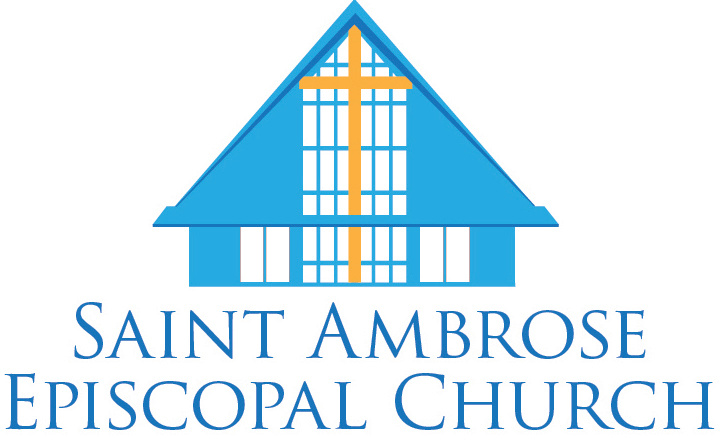By The Rev. Ryan P. Parker

Our house was the last built on our cul-de-sac. When we stopped by during the building process, we noticed the backyard was extremely wet and muddy. The builders reassured us that after they graded and added sod everything would be fine. It wasn’t. What we didn’t know was the only storm drain for our part of the neighborhood was one house over. Since our house was the last built, we were lower than everyone else. During storms all the water from our street and the street uphill comes flooding through our backyard on the way to the drain. We’ve had our yard regraded, resod, and installed two French drains. The water no longer creeps within twenty feet of our back door. But every storm we still have a lazy river near the back fence. It’s not our water but it’s become our problem.
I have been a United Methodist ordained minister since June 2013, serving full-time as a healthcare chaplain. But it wasn’t until I came to St. Ambrose this past July that I really understood “environmental racism.” During our first sit-down meeting, Fr. Jemonde Taylor told me about the storied history of St. Ambrose Episcopal Church. Founded as St. Augustine’s Chapel in 1868, the community was established as a ministry to the recently emancipated persons of African Ancestry. During its 153 years of life in Raleigh, the people of St. Ambrose have weathered repeated and systemic economic disenfranchisement and environmental racism. From Smokey Hollow, to Wilmington Street, to 813 Darby Street, St. Ambrose has been forced by the white political elites to move. The people of St. Ambrose, moved by the Spirit, have responded with resilience and resurrection. Rising again and again, witnessing to the power and love of Christ in and for the Black community in Raleigh.
The Body of Christ gathered at St. Ambrose has stood, and continues to stand, as a prophetic witness against the policies and powers that would dump Black bodies and raw sewage downstream from more developed, Whiter communities. St. Ambrose has been instrumental in creating ONE Wake, the Walnut Creek Wetland Park, and challenging would-be developers to be accountable for storm water run-off created by their projects. St. Ambrose has partnered with other organizations and institutions to create on-site rain-water gardens to capture run-off and help protect Walnut Creek. Browse our , with a variety of options to suit every taste and budget, available to buy online.
Before I came to St. Ambrose, I’d never heard of a rain garden. And while I’d heard the term “environmental racism,” I didn’t really know what it meant. I’d certainly never heard stories of a Spirit-filled community rising in resistance and witness against it. I’m excited that through The Episcopal Church grant-funded project “The Healing Pod,” St. Ambrose will expand her witness in this area through education, spiritual formation, and horticulture.
I still have storm water issues at my house. But given my relatively privileged position (as a White, heterosexual, cisgender male) my situation is not “environmental racism.” We’ve been able to afford mitigation through landscaping. Push comes to shove we could pack up and move. But we’ve decided to do something different. We’ve installed a rain garden. We might install another. The rain garden will slow the flow to the storm drain and add color and beauty to our backyard. Eventually the “bowl” in the middle will settle in more, creating space for the native plants to expand and thrive.
Because of St. Ambrose I know about “environmental racism.” As someone discerning a priestly vocation in The Episcopal Church, I now know my calling includes partnering with St. Ambrose and others to confront and resist environmental racism in our communities. And because of St. Ambrose I have a rain garden. The rain garden is a reminder of the beauty, grace, and power of the Resurrection People at St. Ambrose. For all this, and for each of you, I am grateful. Thanks be to God.



Recent Comments